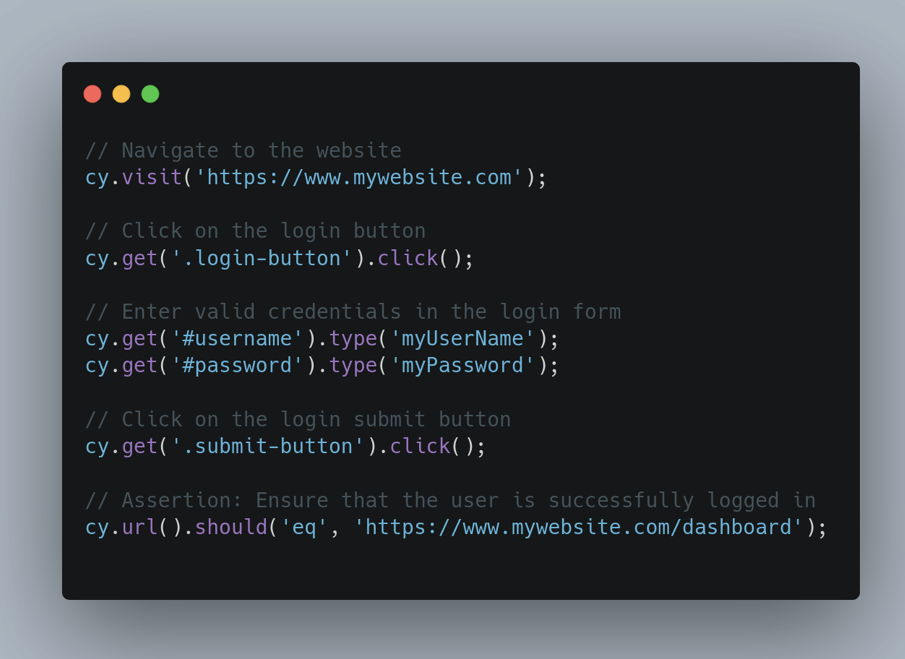End-to-End Testing: Understanding Its Significance in Application Lifecycle
In today’s ever-evolving tech landscape, software systems are becoming increasingly complex. To ensure their reliability and efficiency, thorough testing is indispensable. In this blog post, we’ll go over the End-to-End (E2E) testing, exploring its definition, placement in the Software Development Life Cycle (SDLC), purpose, types, necessity despite unit tests and more.

What is the E2E testing?
End-to-end testing is a straight-forward testing strategy that examines every aspect of a system from its start to its end. This approach specifically targets the examination of the interactions between user interfaces and the underlying system, ensuring a perfect evaluation of request/response behaviors throughout the entire system.
Placement in SDLC?
End-to-end testing typically occurs after the design and coding stages in the Systems Development Life Cycle (SDLC). Following the completion of unit and integration tests, end-to-end testing is doing its work to validate the system’s overall functionality, ensuring that all components working as expected and identifying any potential issues that may arise during the entire process.
What is the purpose of e2e testing?
The main purpose of end-to-end testing is to verify the interaction of all project components, ensuring that they operate effectively in parallel.
Types of End-to-End Testing
There are many types of 2E2 testing, but the ones developers commonly use are:
- Functional E2E Testing : verifies that the application functions correctly from start to finish, including user interactions, data flow, and interactions between different components.
- Scenario-Based E2E Testing: tests real-world usage scenarios, covering multiple functions and interactions to ensure the application behaves correctly in real situations.
- Regression E2E Testing: ensures that new changes or updates do not negatively impact existing functionalities by running end-to-end tests on the entire application after each modification.
- Cross Platform Testing: ensures that the website or web app works as expected on different screens, devices, operating systems, and browsers.
Is E2E Testing Necessary Even with Unit Tests?
Yes, even if we have unit tests in our system, end-to-end testing is still necessary. Unit tests focus on verifying the correctness of individual units of code in isolation way. While unit tests exist for catching bugs and ensuring the correctness of smaller units of code, they do not guarantee that the entire system, when integrated, works as intended.
Why do we strongly recommend E2E testing?
Our testing strategy is focused on validating the entire functionality of the website/web apps to ensure that as many bugs as possible are identified before going live. This enhances system stability and so on.
Based on this, we write tests to thoroughly validate these scenarios, ensuring that the feature passes not only in the current context but also under potential future changes.
This brings a lot of benefits, including easier maintenance, improved code quality, and greater system stability.
Which tools are we using in C&C?
We use Cypress and Behat as our main tools for end-to-end testing, which helps us thoroughly check how well our project components work together. Cypress offers a cloud service, enhancing the testing process and making it more precise and enjoyable, while Behat focuses on the behavior-driven development (BDD) approach, allowing us to define tests in natural language descriptions. This combination ensures our systems are reliable and efficient.
Real-world example with pseudo-code
Let’s consider a simple scenario where we have a web app with login functionality. We want to create a Cypress test case to verify that a user can successfully log in.
Scenario: User Login Test Case (the screen):
Pseudo Code:

This is a basic example, and real-world scenarios would involve more extensive testing, handling edge cases, and potentially interacting with various elements on the page.
Conclusion
End-to-end testing is a crucial step towards ensuring the robustness of software systems. By fully evaluating interactions and functionalities, it plays a main role in delivering reliable and efficient applications.









